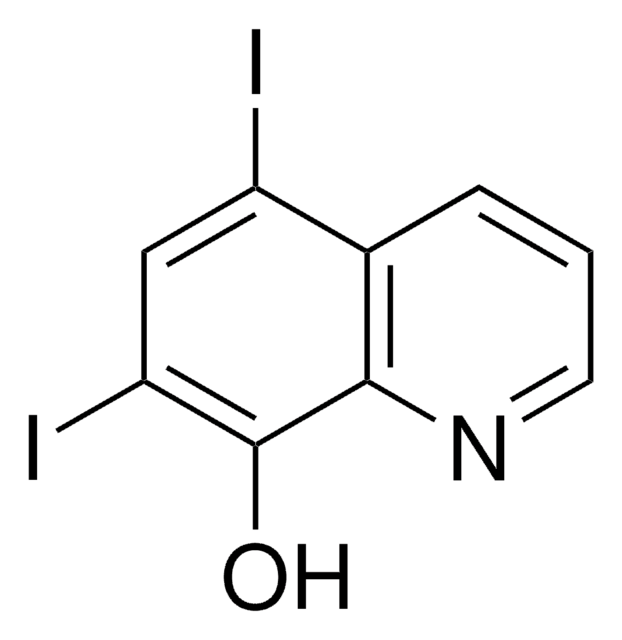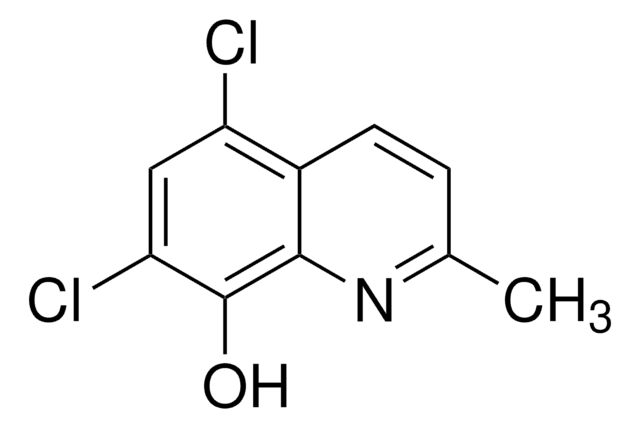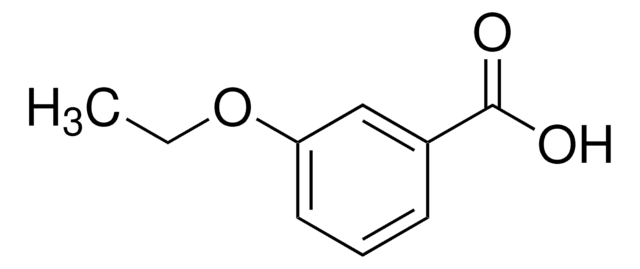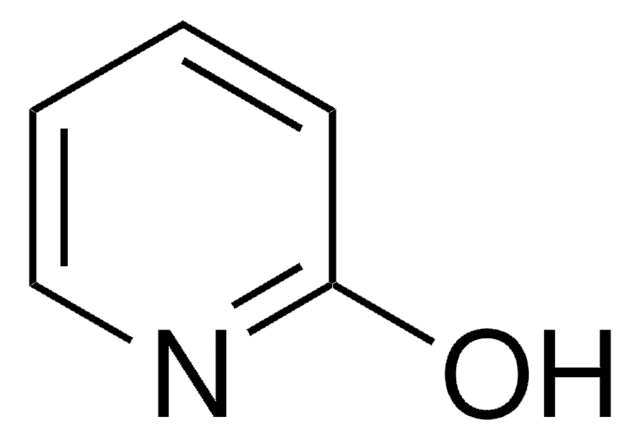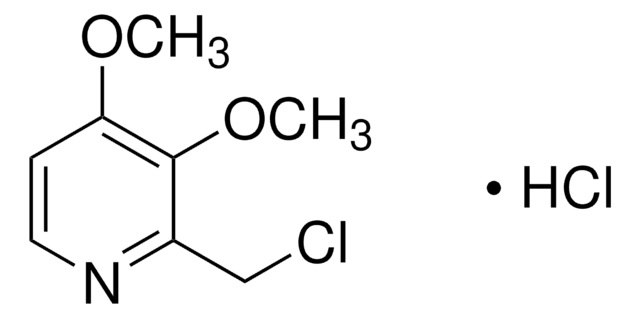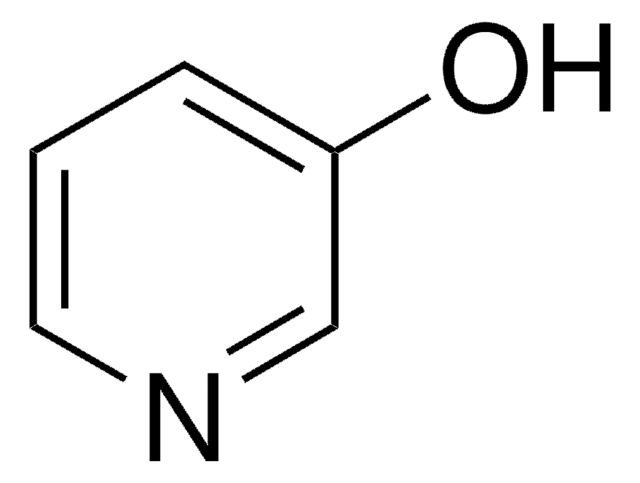147494
2-Ethoxybenzoic acid
98%
Sinónimos:
O-Ethylsalicylic acid
About This Item
Productos recomendados
Quality Level
assay
98%
form
solid
refractive index
n20/D 1.54 (lit.)
bp
174-176 °C/15 mmHg (lit.)
mp
19.3-19.5 °C (lit.)
solubility
95% ethanol: soluble 5%, clear, colorless to yellow
density
1.105 g/mL at 25 °C (lit.)
functional group
carboxylic acid
SMILES string
CCOc1ccccc1C(O)=O
InChI
1S/C9H10O3/c1-2-12-8-6-4-3-5-7(8)9(10)11/h3-6H,2H2,1H3,(H,10,11)
InChI key
XDZMPRGFOOFSBL-UHFFFAOYSA-N
¿Está buscando productos similares? Visita Guía de comparación de productos
Categorías relacionadas
General description
Application
signalword
Warning
hcodes
Hazard Classifications
Acute Tox. 4 Oral - Eye Irrit. 2
Storage Class
10 - Combustible liquids
wgk_germany
WGK 3
flash_point_f
209.5 °F - closed cup
flash_point_c
98.6 °C - closed cup
ppe
Eyeshields, Gloves, type N95 (US)
Elija entre una de las versiones más recientes:
¿Ya tiene este producto?
Encuentre la documentación para los productos que ha comprado recientemente en la Biblioteca de documentos.
Nuestro equipo de científicos tiene experiencia en todas las áreas de investigación: Ciencias de la vida, Ciencia de los materiales, Síntesis química, Cromatografía, Analítica y muchas otras.
Póngase en contacto con el Servicio técnico

